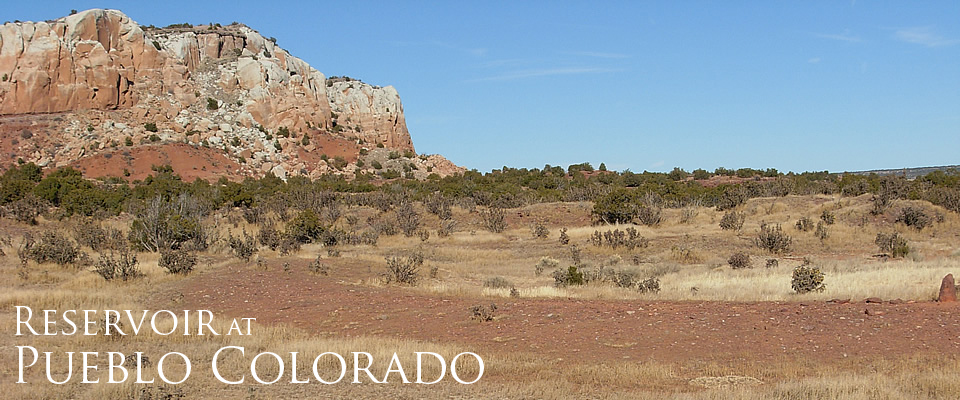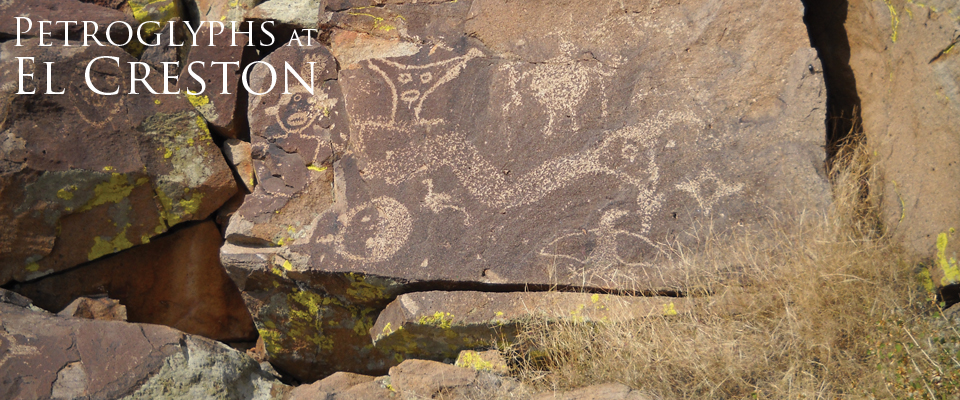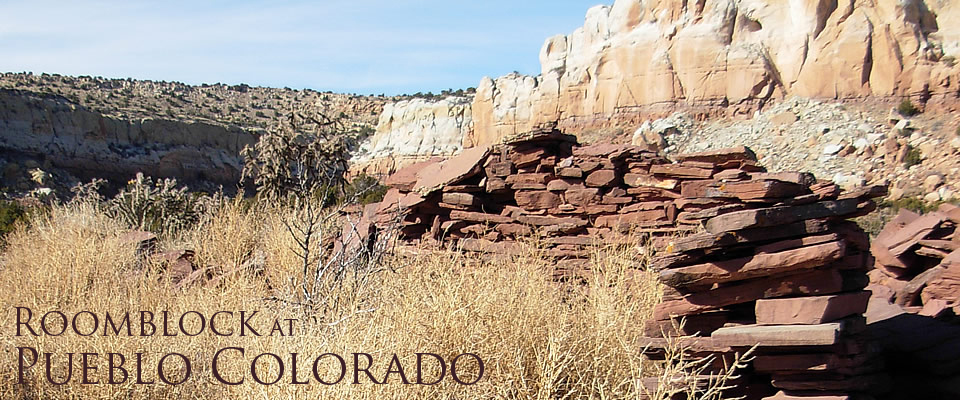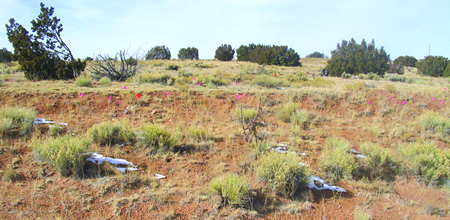






The Galisteo Basin southeast of the city of Santa Fe has attracted attention from a variety of people throughout the human occupation of this part of the Southwest.
Its natural resources include minerals like turquoise and lead, biotic resources like pasturage and game, all important water at some times and places, and expansive vistas. This natural setting has hosted waxing and waning numbers of people, and it is the human element which drives our focus here. While people have moved through and lived in the basin for thousands of years, for a relatively brief period in the thirteenth through sixteenth centuries there was a great influx of pueblo peoples culminating in a series of large pueblos, some of which were occupied at the time of the arrival of the first Europeans in the mid 1500s. For archaeologists and much of the public, these super pueblos define the Galisteo Basin, but upon only slightly closer inspection it is clear that they are part of a much larger story. That story includes the long run up to their establishment. It includes the dramatic and complex history of interaction of different groups of pueblos defined by language and belief. It includes how and when the pueblos were able to live and prosper in this environment, and when it was no longer possible. It includes the pueblo relationships to other tribal groups from other environments and lifeways.
The arrival of people from essentially entirely different worlds, Europe and beyond, added a whole new level of cultural complexity and interaction. The newcomers were attracted by the human resources and the protection they provided as well as the natural resources. This landscape is very much overlain by modern American culture with its many facets and crosscurrents which strive to live in, appreciate, and exploit and yet preserve its innumerable qualities. This website presents information on some of the natural, cultural, economic, political, and practical aspects of this remarkable place.

© New Mexico Office of Archaeological Studies, a division of the New Mexico Department of Cultural Affairs.
The Center for New Mexico Archaeology
7 Old Cochiti Road
Santa Fe, NM 87507
505-476-4404
Fax: 505-476-4448

